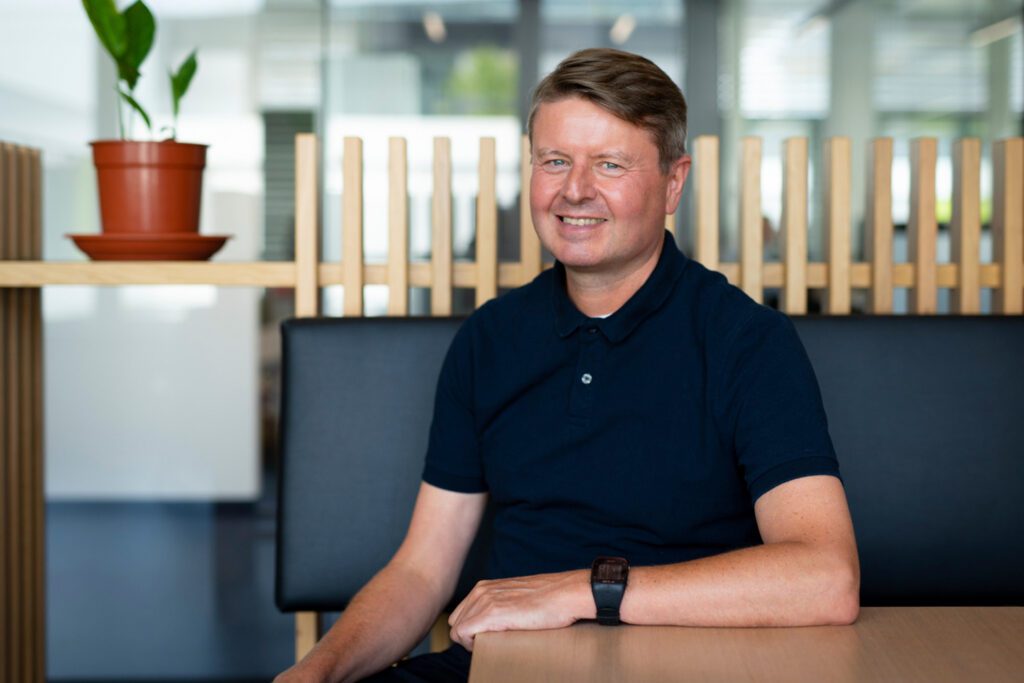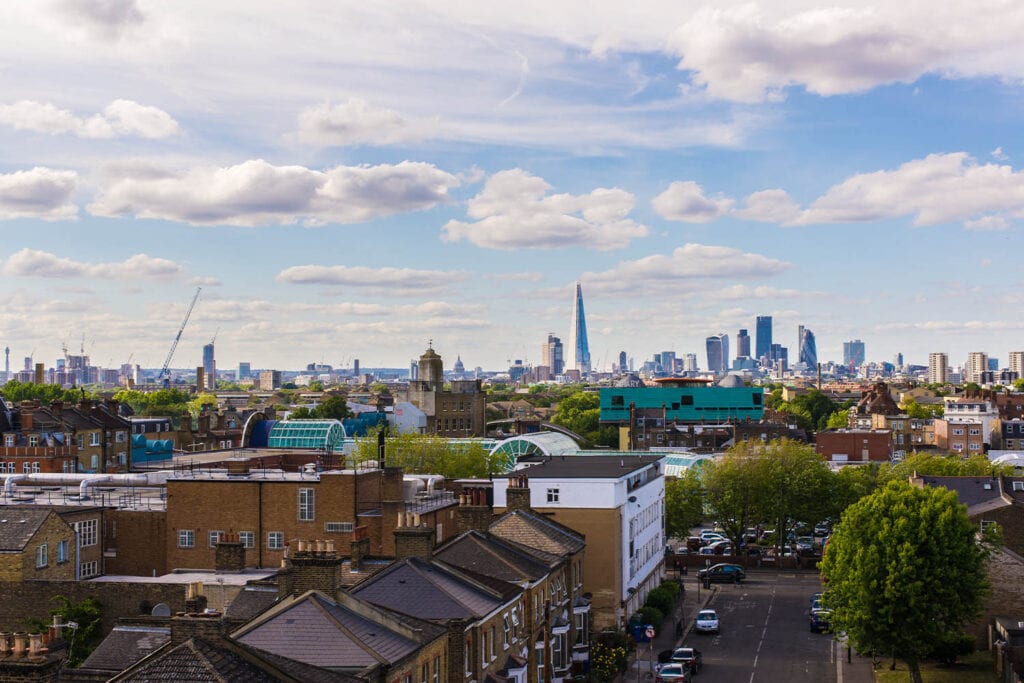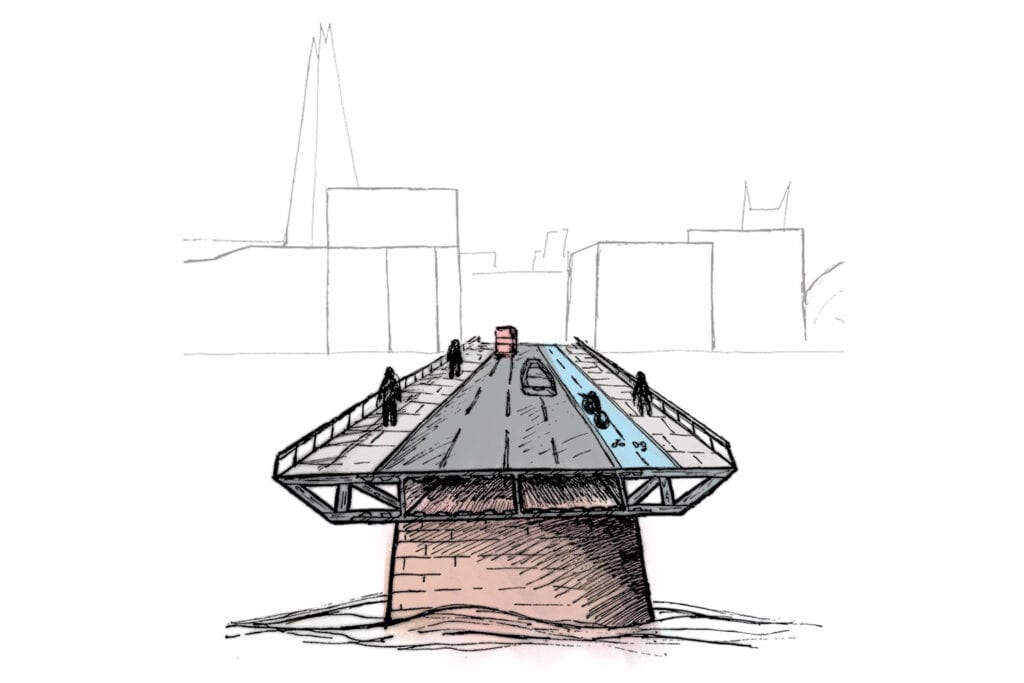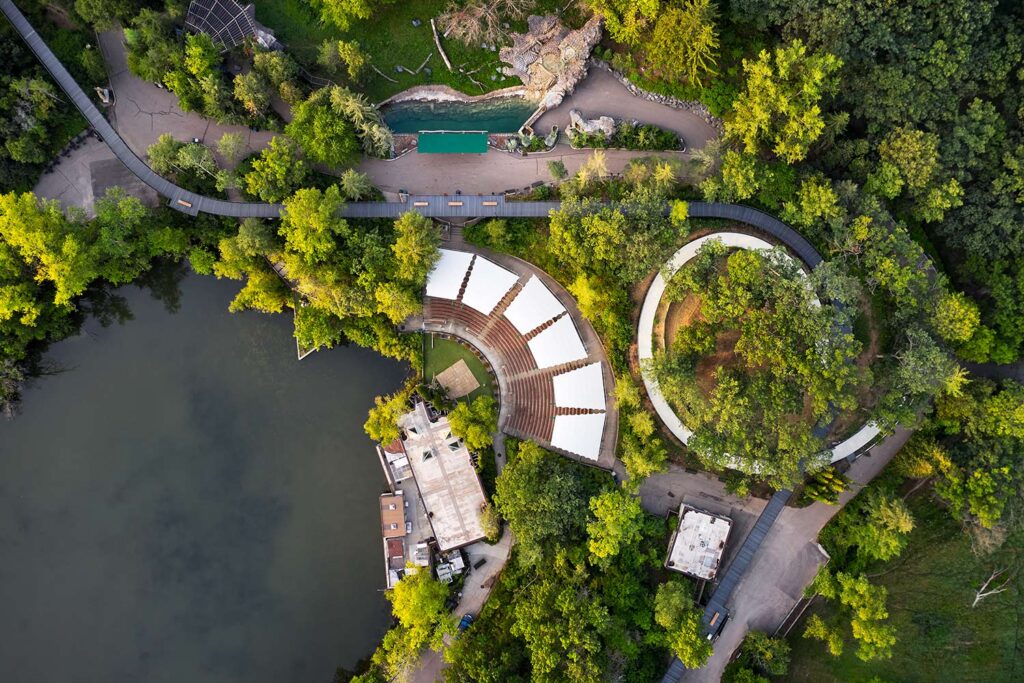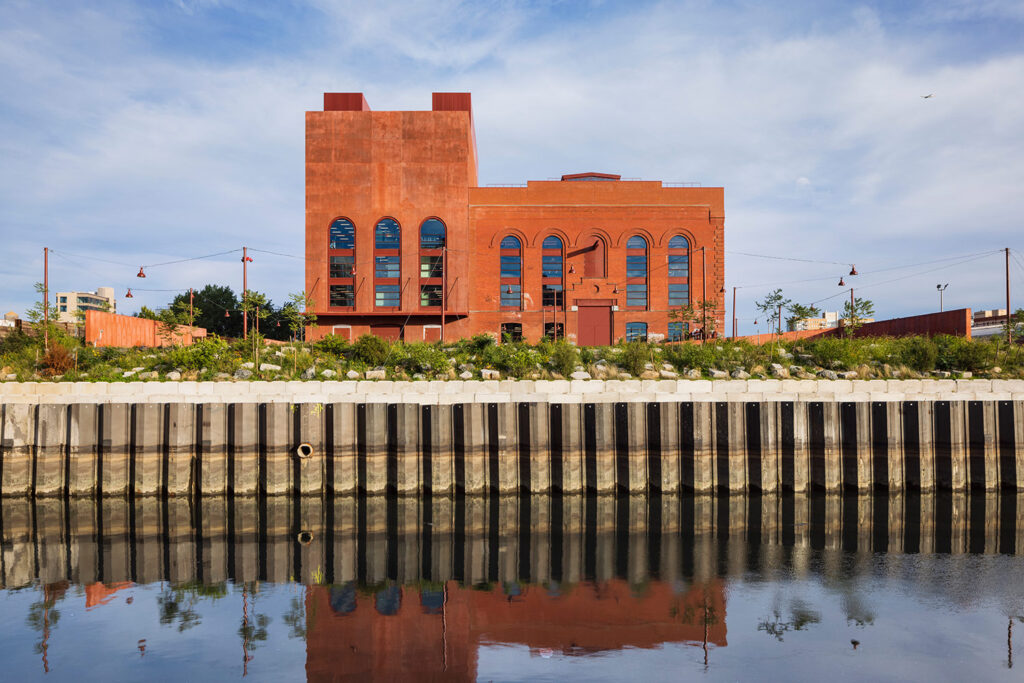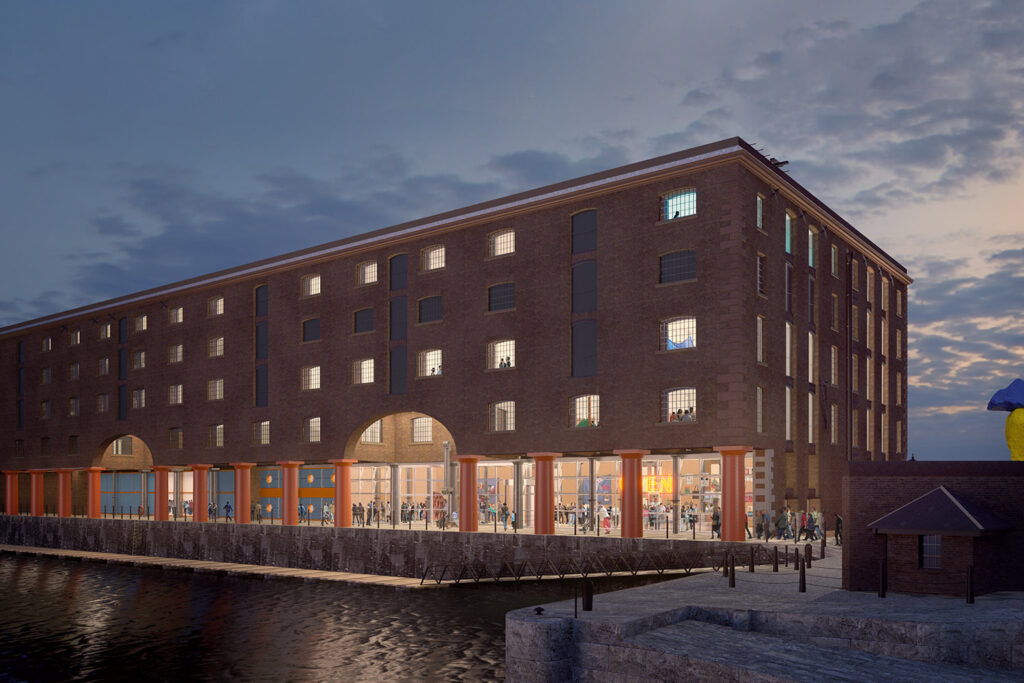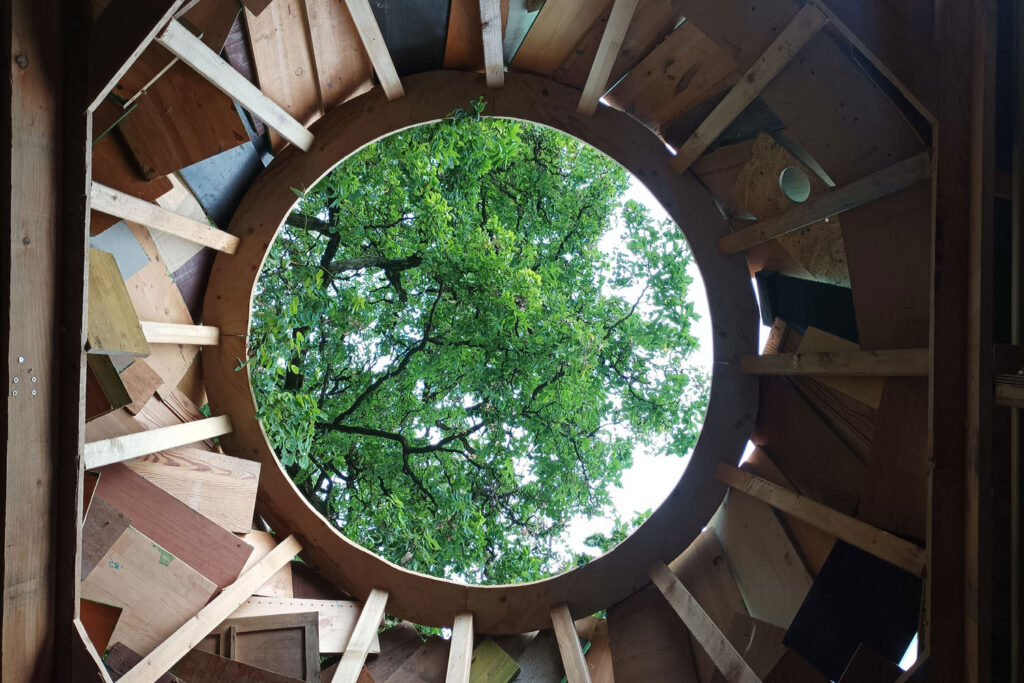
Woolwich Works
London, UK
Project details
Client
Royal Borough of Greenwich
Architect
Bennetts Associates
Duration
2017 – 2021
Services provided by Buro Happold
Building Services Engineering (MEP), Ground engineering, Inclusive design, People movement, Security and Technology, Structural engineering, Sustainability
Woolwich is undergoing a major period of regeneration, thanks in part to the arrival of the new Woolwich Elizabeth Line station, part of Crossrail, the largest infrastructure project in Western Europe.
Woolwich is establishing itself as a cultural and creative hub, with the Woolwich Works one of the key lynchpins for this cultural reinvigoration.
Buro Happold has worked closely alongside architects Bennett’s Associates on the transformation of five listed buildings from the historic Woolwich Arsenal into this new vibrant new cultural quarter.
Challenge
Historically, Woolwich was dominated by the Royal Military Academy, Ordinance Factories and Artillery Barracks. The area around the Royal Arsenal boasts more than 60 of Greenwich’s listed buildings.
The project re-purposes five Grade II-listed historic military buildings for performing arts use including exhibition, rehearsal and performance spaces. Buro Happold was initially enlisted alongside architect Bennett’s Associates to conduct a feasibility study to outline a shell and core scope of works for the cultural district. Following the completion of the feasibility study, we were appointed in 2017 to complete the building services (MEP), structural, civil and IT engineering design for the refurbishment of these iconic listed buildings.

The five buildings for redevelopment include a former firepower museum, Royal laboratory offices, a gun carriage shop, Royal Military Academy and a supply store and ammunitions factory.
The redevelopment would need to be sympathetic to the heritage of the site, while aiming to increase the reach of those experiencing arts and culture, the sustainability of cultural organisations in local destinations, and to encourage the public and private sector to work together to support the growth of the local visitor economy.

Solution
There is a growing understanding around the fact that the reuse and regeneration of existing buildings can be a much more sustainable option than new building. Environmentally, the design for the creative district works with the existing buildings utilising the existing thermal mass and plant space. Additional insulation has been added where appropriate to improve building performance and provide acoustic isolation during performances.
We worked with the client to allow the building to dictate its capacities, rather than trying to adapt the building to a pre-set performance capacity figure. This allowed us to work with the historic buildings and ensure their heritage is maintained and celebrated freely within the final designs.
Interventions have been passive wherever possible to reduce the impact on the historic structures – with simple measures used such as natural ventilation and more efficient plant machinery fitted into the existing plant spaces.

The structural approach to this project was one of building fabric assessment, repair where necessary and some sensitive strengthening of historic roof trusses to enable additional acoustic insulation to be supported over performance spaces.
The building services solutions are sympathetic to the existing buildings, utilising energy efficient and easily adjustable and controllable systems.
Reworking new drainage through the existing foundations was another challenge. This required detailed survey information, the creation of trial pits to establish the extent of the historic foundations, and the careful coordination of new distribution routes to minimise disruption to historic building fabric.
As part of the design process experimental concerts were hosted in the building to test the acoustic performance of the space and help the design team understand the most effective and exciting way to reimagine the venue.

Value
Buro Happold’s multidisciplinary team delivered holistic engineering consultancy, informed by a diverse breadth of expertise from across the business. We have helped to shape the design for the reinterpretation of these historic buildings as a cultural and creative hub, working closely and collaboratively with both the client and architect.
The opportunity offered by the new nearby Crossrail station and the expansion of the residential quarter in Woolwich will bring diverse new audiences locally, and from all over London and the UK for this landmark new performance space.
We have been working with Buro Happold over a number of years on this redevelopment. They have been able to draw upon their extensive experience and knowledge of heritage and refurbishment projects to enable us to celebrate these unique buildings while giving them a new lease of life and purpose for the benefit of many generations to come. They understood the brief and their ethos of repurposing equated to flexible design solutions that allow the buildings to operate successfully as multifunctional spaces.
James Heaton, Chief Executive & Creative Director, Woolwich Works

Awards
2021
Time Out London’s 2021 Best of the City Awards – Best New Cultural Spot in London – Winner
2023
RIBA National Award – Winner




